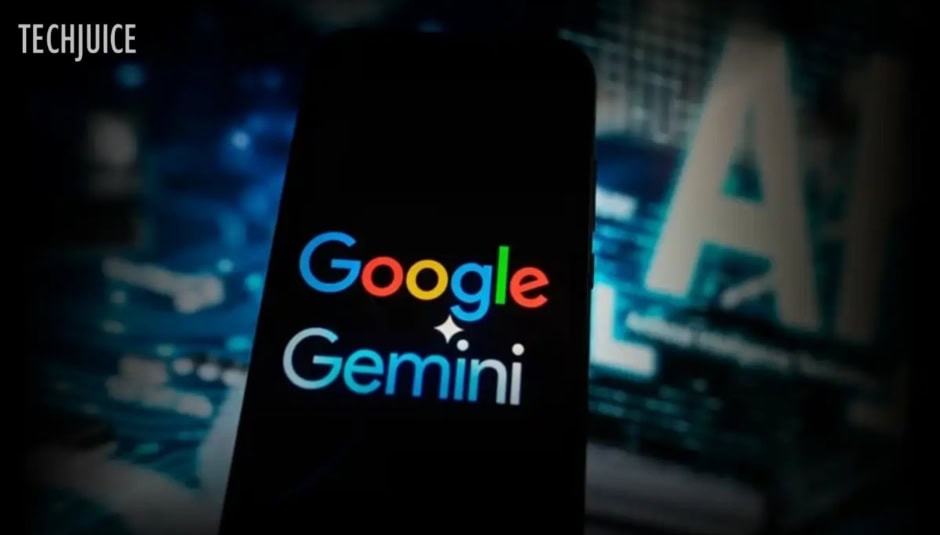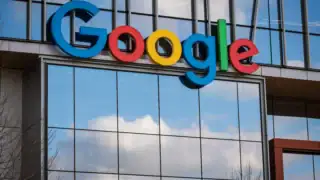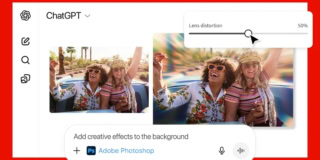Google’s Gemini AI Faces Backlash for Watermark Removal Capabilities

A growing controversy has emerged as users on social media uncover an unexpected function of Google’s Gemini AI model removing watermarks from images, including those belonging to major stock media platforms like Getty Images.
Last week, Google expanded the accessibility of its Gemini 2.0 Flash model, which offers advanced image generation and editing capabilities. This tool hailed for its powerful features, has drawn attention for its apparent lack of safeguards. Reports suggest that Gemini 2.0 Flash can generate images featuring celebrities and copyrighted characters while also being capable of removing watermarks from existing photos.
AI’s Ability to Erase Watermarks Raises Ethical Concerns
According to multiple posts on X (formerly Twitter) and Reddit, Gemini 2.0 Flash doesn’t just erase watermarks—it intelligently reconstructs the missing portions of an image, seamlessly filling in gaps left by the removed watermark.
New skill unlocked: Gemini 2 Flash model is really awesome at removing watermarks in images! pic.twitter.com/6QIk0FlfCv
— Deedy (@deedydas) March 15, 2025
While AI-powered editing tools with similar capabilities already exist, Gemini 2.0 Flash appears to be exceptionally proficient at this task—and notably, it is currently available for free.
Gemini 2.0 Flash, available in Google’s AI studio, is amazing at editing images with simple text prompts.
It also can remove watermarks from images (and puts its own subtle watermark in instead 🤣) pic.twitter.com/ZnHTQJsT1Z
— Tanay Jaipuria (@tanayj) March 16, 2025
However, the feature is not without its limitations. While some watermarks are easily removed, semi-transparent watermarks and those covering significant portions of an image pose a greater challenge for the AI.
Removing watermark in Gemini 2.0 Flash
byu/Oliver4587Queen inartificial
Google Responds to Concerns
It’s important to note that Gemini 2.0 Flash’s image generation feature is still in an “experimental” phase and “not for production use.” Currently, it is only accessible via Google’s developer tools like AI Studio.
Despite this, concerns remain about the model’s lack of usage restrictions. Competing AI models, such as Claude 3.7 Sonnet by Anthropic and OpenAI’s GPT-4o, have explicitly refused to remove watermarks, citing ethical and legal risks. Claude, for instance, states that removing a watermark from an image is “unethical and potentially illegal.”
In the U.S., removing a watermark without the original creator’s consent is considered illegal under copyright law, with limited exceptions. Legal experts have pointed out that such actions could violate intellectual property rights and raise potential liability issues for both users and AI developers.
When reached for comment, Google did not immediately respond outside of regular business hours.
However, an update was issued on March 17 at 1:48 p.m. Pacific Time included an official statement from a Google spokesperson, who clarified:
“Using Google’s generative AI tools to engage in copyright infringement is a violation of our terms of service. As with all experimental releases, we’re monitoring closely and listening for developer feedback.”
As AI-powered editing tools continue to evolve, the debate over ethical boundaries, copyright enforcement, and responsible AI development is likely to intensify. Whether Google will introduce additional safeguards in response to this controversy remains to be seen.
Sharing clear, practical insights on tech, lifestyle, and business. Always curious and eager to connect with readers.


 3 min read
3 min read
















